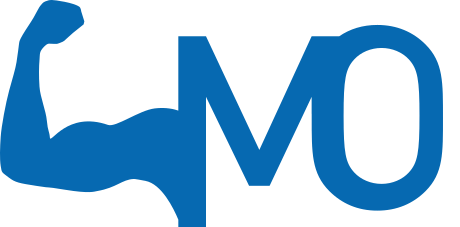Neck mobility exercises are great in improving neck flexibility and therefore reducing stiffness of the cervical spine. They can help reduce neck pain.
Always consult a therapist first, to determine if this low back exercise is good for you. If you don't have a therapist yet, please find one near you by using our therapist map.
Special note: This neck exercise is easy to perform and can be recommended practicing during static work such as prolonged sitting behind the computer. Are you experiencing neck pain or stiffness of the neck, consult your therapist before doing this exercises.
Understand your neutral posture. Most of the exercises start in a neutral posture. Please read about the importance of posture before starting with any exercise. Click here for more information about posture.
List of conditions which could have benefit from this exercise
A diagnosis or exercise prescription for the following conditions could only be done by a medical doctor or your therapist. This list has merely been given to discuss this with your therapist.
- Mechanical neck pain, middle back pain, upper back pain.
- Neck herniated disc, neck whiplash, neck muscle strain, neck sprain. Middle back muscle strain or sprain.
General tips for neck mobility exercises
- Frequency: Mobility exercises are effective in reducing stiffness and improving mobility. The frequency depends on your goal. Doing more exercises than daily is not always necessary. Please discuss this with your therapist.
- Combine: Do not only do one exercise a time, but combine them with similar exercises to have a more powerful effect. As an average a total of 3-4 mobility exercises can be advised.
- Warming up: This neck exercise does not need a warming up. But functions as a warming up exercise in itself. However please perform this exercise slowly.
- Neck pain: Pain is a warning signal, therefore never ignore pain. Exercises should be done with care since this may worsen your complaint. Do not continue with this exercise if you experience neck pain, please ask your therapist for more information.
- Speed: Do not hurry. This exercise should be done slowly.
- Stay alert: Think about doing the exercise rather than performing the exercise automatically.
- Overuse: Neck pain is most commonly the result from overuse, repeated or prolonged movements of the neck's muscles, tendons, ligaments or joints. This overuse can result in a strain (muscle injury), a sprain (ligament injury), or inflammation of the neck joints.
- Pillow: Choose a correct pillow to prevent neck complaints. A pillow that is too low or too high may give a lot of extra stress on your neck. Try to avoid sleeping on your stomach. Excessive neck rotation may cause neck problems.
- Neck pain risk factors: Change your life style to prevent or minimize neck complaints. Even a small postural change can make a big difference. The most important thing to remember is that the best sitting posture is a variable posture. Therefore change your posture every ten to fifteen minutes!
Did you know?
Neck pain and back pain is the single leading cause of disability worldwide.


